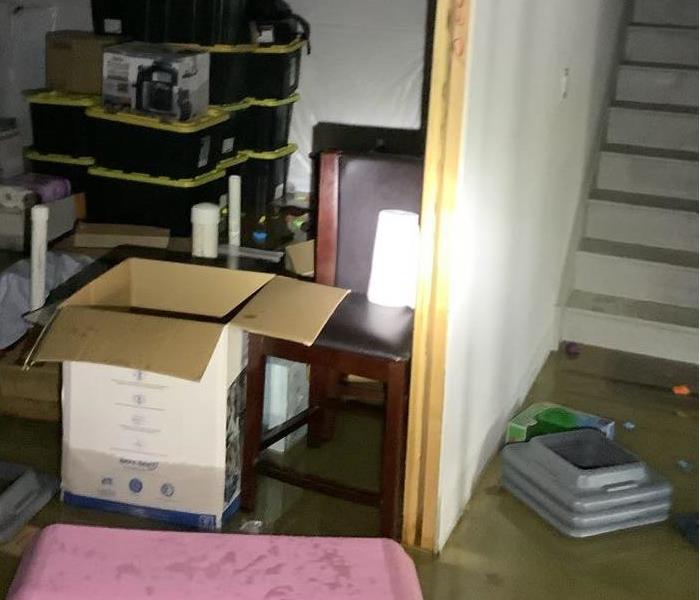Mastering Mold Testing: Timing and Techniques for Effective Assessment
5/25/2024 (Permalink)
 We delve into the timing and techniques for effective mold testing to ensure accurate results and a healthy indoor environment.
We delve into the timing and techniques for effective mold testing to ensure accurate results and a healthy indoor environment.
Mold testing is a crucial step in identifying and addressing mold issues within homes and businesses. Knowing when and how to conduct mold testing properly can help homeowners and property managers make informed decisions about remediation and prevention. In this blog post, we'll delve into the timing and techniques for effective mold testing to ensure accurate results and a healthy indoor environment.
When to Consider Mold Testing
Suspected Mold Growth
If you suspect mold growth in your home or business, it may be necessary to conduct mold testing to confirm the presence of mold and determine the extent of the contamination. Signs of mold growth include visible mold growth, musty odors, and water damage.
Pre-Purchase or Pre-Rental Inspections
Before purchasing or renting a property, it's advisable to conduct mold testing as part of a comprehensive inspection process. This can help identify any existing mold issues that may need to be addressed before moving forward with the transaction.
Post-Remediation Verification
After mold remediation efforts have been completed, mold testing can be conducted to ensure that the remediation is successful and that the indoor environment is free of mold contamination.
How to Conduct Mold Testing
Visual Inspection
Begin by conducting a visual inspection of the property to identify areas of concern and potential sources of mold growth. Look for signs of water damage, moisture intrusion, and visible mold growth on surfaces.
Air Sampling
Air sampling is one of the most common methods used for mold testing. This involves collecting air samples from various areas of the property using specialized equipment. The samples are then analyzed in a laboratory to detect the presence of mold spores and assess indoor air quality.
Surface Sampling
Surface sampling involves collecting samples from suspected mold growth areas using swabs, tape lifts, or bulk sampling methods. These samples are then analyzed in a laboratory to identify the types of mold present and assess the severity of the contamination.
Moisture Testing
In addition to mold testing, it's essential to conduct moisture testing to identify areas of high humidity or moisture intrusion that may be contributing to mold growth. Moisture meters and infrared cameras can help detect hidden moisture within building materials.
Interpretation by Professionals
Mold testing results should be interpreted by qualified professionals who have expertise in mold assessment and remediation. They can provide insights into the severity of the mold problem and recommend appropriate remediation measures based on the findings.
Comparison with Baseline Samples
When conducting post-remediation verification testing, it's essential to compare the results with baseline samples taken before remediation. This allows for an accurate assessment of the effectiveness of the remediation efforts.
Mold testing is an essential tool for identifying and addressing mold issues within homes and businesses. By knowing when and how to conduct mold testing properly, property owners can ensure accurate results and take proactive measures to maintain a healthy indoor environment. If you're considering mold testing for your property, don't hesitate to contact a professional restoration company like SERVPRO® for expert assistance.




 24/7 Emergency Service
24/7 Emergency Service